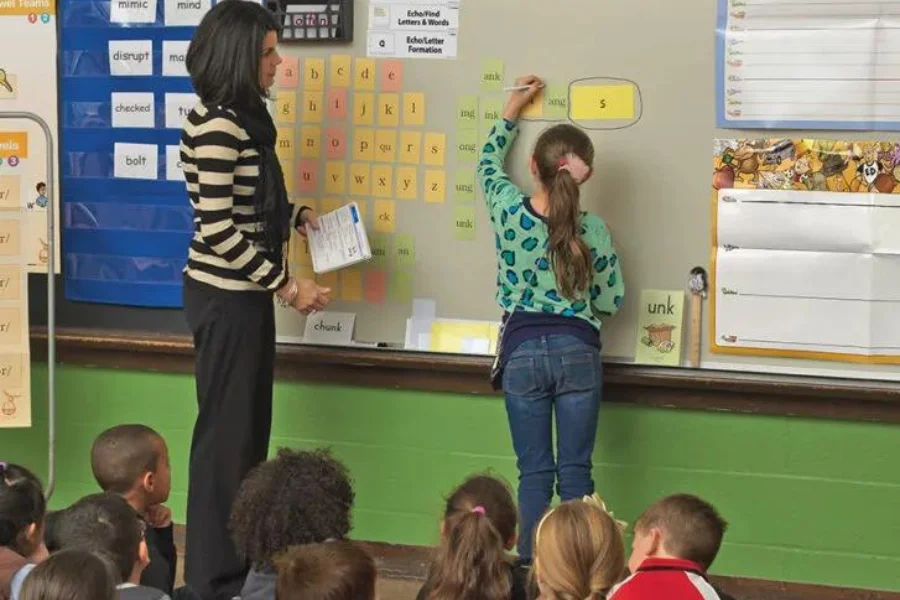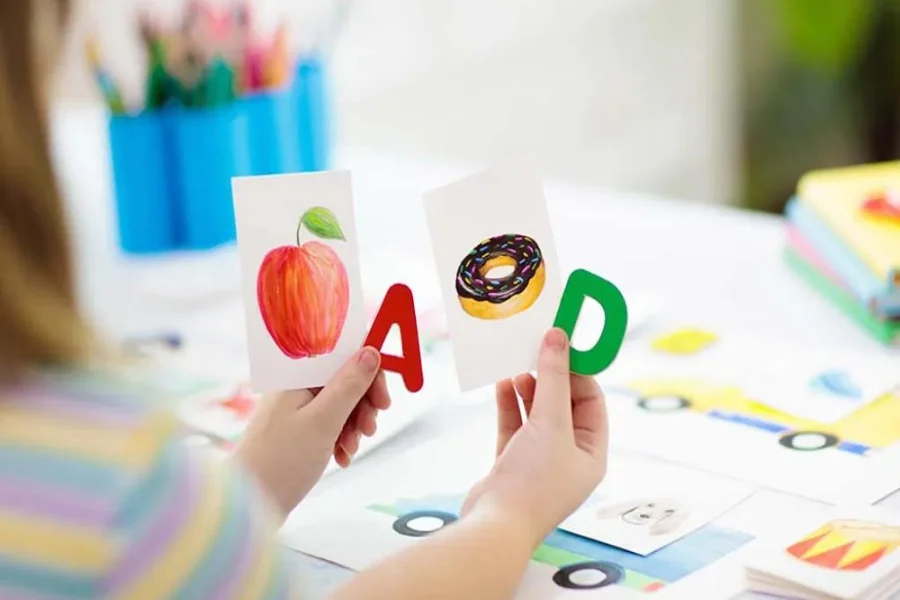
Source: wilsonlanguage
Comprehending the various types of phonics is essential for supporting children develop strong reading skills. This methods offer different methods to teach the relationship between letters and sounds. By discovering the various types of phonics, parents and teachers can find the most real ways to help young students in becoming confident readers.
Synthetic Phonics
- Definition: Synthetic phonics includes teaching kids to translate alphabets into sounds (phonemes) and then mixture these sounds to form spellings.
- Approach: Learners learn the sounds of alphabets and letter blends before mixing them to read spellings’.
- Benefits: This method is highly systematic and helps children decode words efficiently.
Analytic Phonics
- Definition: Analytic phonics imparts kids to examine whole spellings to notice letter-sound associations.
- Approach: In its place of sounding out spellings alphabets by alphabets, learners learn to identify designs and use their current information of spellings.
- Benefits: This technique builds on youngsters’ prior information and supports them make influences between familiar and new spellings.
Get details of our Phonics Course, Call / Whatsapp on +919869866277 / +919869546913.
Click Here, to download the Phonics Course brochure.
Embedded Phonics
- Definition: Embedded phonics integrates phonics instruction into the context of authentic reading and writing activities.
- Approach: Phonics skills are taught as part of reading and writing experiences rather than in isolation.
- Benefits: This approach makes learning more meaningful and relevant to students’ reading and writing tasks.
Phonics Through Spelling
- Definition: Phonics through spelling teaches children to segment words into phonemes and write the corresponding letters.
- Approach: Emphases on words patterns and motivates learners to write spellings based on their sound sections.
- Benefits: Improves word skills and emphasizes the linking between sounds and alphabets.
Analogy Types of Phonics
- Definition: Analogy phonics uses familiar words to help children decode new words with similar letter patterns.
- Approach: Students learn to recognize common phonograms (rimes) and use them to read and spell new words.
- Benefits: Helps in building a large vocabulary by making connections between known and unknown words.
Choosing the Right Type of Phonics
Selecting the proper type of phonics depends on the different needs of learners and the educational context. Some children may help from a planned method like synthetic phonics, while others may find fixed phonics more pleasing and related. It’s important to consider the strengths and preferences of each child to provide the most effective phonics instruction.
Understanding the different types of phonics is important for supporting children’s learning development. Each type offers unique advantages and can be personalized to meet the various needs of learners. By combining different types of phonetics, educators and parents can create a complete and actual reading program that adopts strong learning skills.
Remember, the key to effective phonics teaching lies in consistency, practice, and making learning enjoyable for children. Whether through synthetic, logical, fixed, or similarity phonics, the goal remains the same: to help children become confident and capable readers.
Get details of our Phonics Course, Call / Whatsapp on +919869866277 / +919869546913.
Click Here, to download the Phonics Course brochure.

Source: toddlerjunction
Phonics Class for Teachers
Teaching phonics effectively needs a deep understanding of its moralities and methodologies. The Phonics Class for Teachers offered by Vidhyanidhi Education Society (Govt. Regd.) is designed to prepare educators with the required skills and knowledge. This program is an excellent chance for teachers to improve their teaching methods and provide value phonics education to their students.
Highlights of the Phonics Program by Vidhyanidhi Education Society (Govt. Regd.):
- 18 hours of intensive training: This course provides inclusive training over 18 hours, safeguarding educators grasp the necessities of phonics education.
- UK-based Synthetic Phonics Methodology: The program follows the general UK-based Synthetic Phonics Teaching and Learning Methodology, offering a organized and operative approach.
- Audio-Visual Teaching Aids: Lectures are improved through the use of audio-visual training aids, creating learning more cooperative and attractive.
- Interactive Demonstrations: Educators will eyewitness demonstrations of sounds with jingles, stories, and actions, helping in better thoughtful and retaining.
- Thorough Practice of Sounds: The program includes thorough practice of all 42 sounds, covering both letter sounds and digraphs.
- Mock-Drills: Practical sessions and mock-drills ensure that teachers can apply what they learn in real classroom settings.
- Doubt-Solving Sessions: There are dedicated doubt-solving and question-answer sessions, providing teachers with the support they need to master the material.
The Phonics Class for Teachers is a complete program that makes educators to deliver high-quality phonics teaching. By joining in this course, teachers will be well-prepared to apply different types of phonics in their classrooms, encouraging improved learning results for their students.
Join Vidhyanidhi’s Phonics Course and revolutionize your teaching skills!
Get details of our Phonics Course, Call / Whatsapp on +919869866277 / +919869546913.
Click Here, to download the Phonics Course brochure.
FAQs
How to learn phonics as a teacher?
Enroll in expert phonics courses like the one from VES, which offers complete training, practical sessions, and communicating demonstrations.
How do I become a certified phonics teacher?
Complete a standard phonics training program, such as the 18-hour concentrated course by VES which contains practice, mock drills, and certification.
Why is phonics training important for teachers?
Phonics training equips teachers with effective methodologies to teach reading, improves student literacy, and enhances overall classroom instruction quality.



